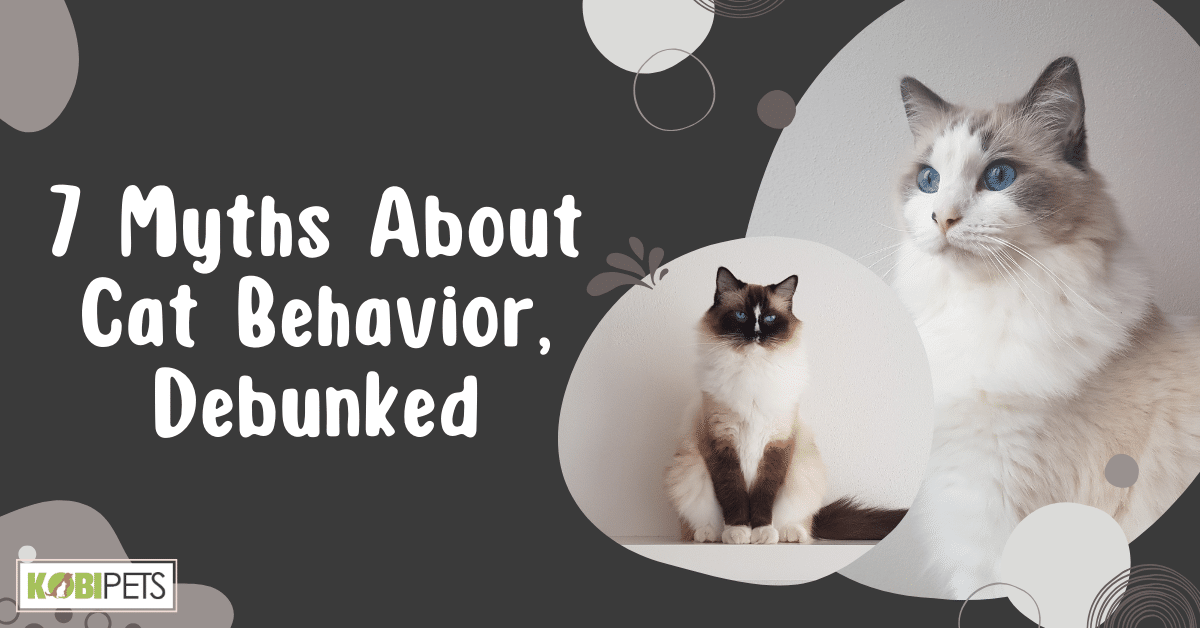
Debunking common myths about cat behavior reveals a deeper understanding of our feline friends. Contrary to belief, cats are often social creatures, not solitary. Purring isn’t always a sign of contentment, and indoor living tends to be healthier for cats than the great outdoors.
Cats, those captivating creatures we adore, come with a fair share of myths surrounding their behavior. These misconceptions can affect the way we care for them. In this article, we’ll debunk seven common cat behavior myths, allowing you to better understand and care for your feline companions. From their supposed solitude to the mysteries of purring, we’re here to unravel the truth.
Myth 1: Cats Have Nine Lives
The myth of cats having nine lives is a long-standing superstition often linked to their remarkable agility and survival skills. This belief likely originated from observing cats’ ability to escape seemingly dangerous situations, such as high falls.
However, it’s crucial to debunk this myth by clarifying that cats, like all animals, have only one life. Cats require proper care, protection, and safety measures to ensure their well-being. Believing in multiple lives may lead to negligence in providing essential care and safeguarding cats from potential risks.

Myth 2: Cats Can Always Land on Their Feet
The myth that cats possess a supernatural ability to consistently land on their feet is widespread. This belief arises from the observation that cats often reorient themselves during falls, implying they can avoid harm altogether.
To debunk this myth, it’s essential to explain that while cats are remarkably agile and can adjust their posture during a fall, they are not invulnerable. High falls can still result in severe injuries or even fatalities. Sharing anecdotes or studies highlighting situations where cats couldn’t prevent harm despite their agility underscores the inaccuracy of this myth.

Myth 3: Cats Are Nocturnal Creatures
The misconception that cats are nocturnal creatures suggests that they are primarily active during the night. To debunk this myth, it’s important to clarify that cats are crepuscular animals, meaning they are most active during dawn and dusk.
Their natural hunting instincts are most pronounced during these low-light periods. Cat owners can accommodate their cats’ behavior by aligning playtime and feeding schedules with these activity peaks. Dismissing this myth helps cat owners understand and meet their cats’ needs without expecting them to be active exclusively during the night.
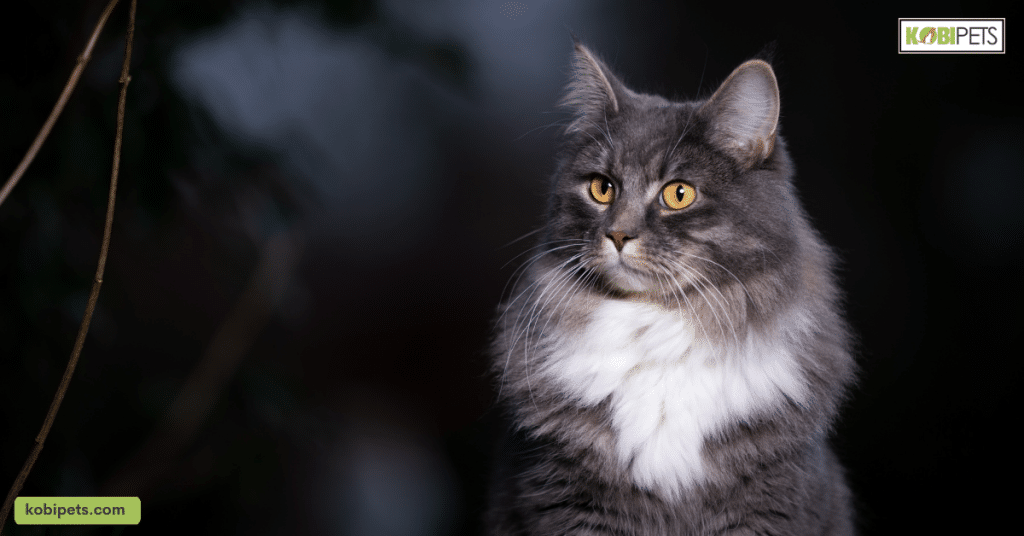
Myth 4: Cats Can’t Be Trained
The misconception that cats are untrainable compared to dogs stems from a misunderstanding of feline behavior. To debunk this myth, it’s vital to highlight the intelligence and learning capacity of cats. They can grasp tricks and behaviors through positive reinforcement training methods.
Offering training tips and success stories demonstrates that cats can indeed be trained effectively. Dismissing this myth allows cat owners to appreciate their pets’ trainability, leading to well-behaved and enriched feline companions.
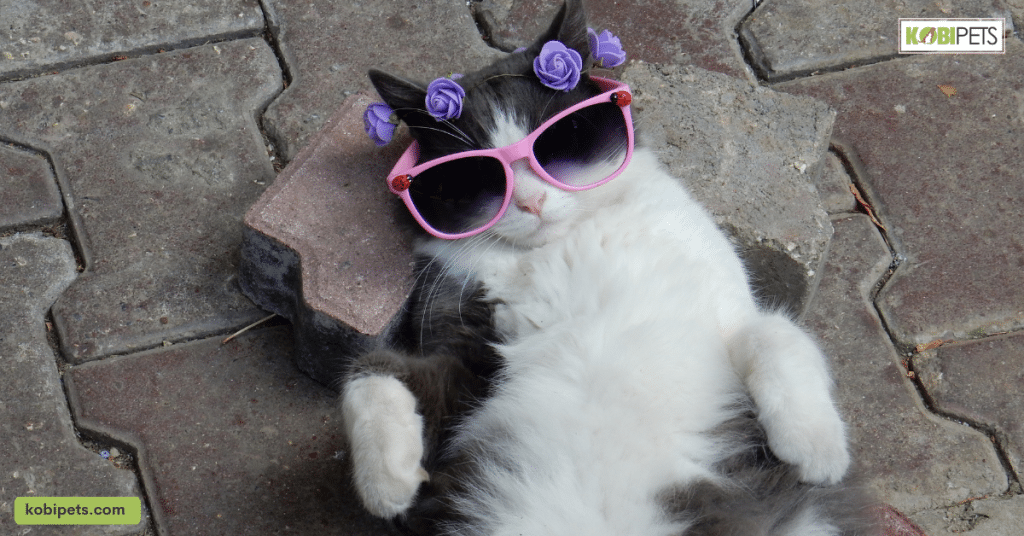
Myth 5: Cats Hate Water
The myth that all cats despise water is a generalization that doesn’t apply to every feline. To debunk this myth, it’s important to explain that cats’ aversion to water often stems from unfamiliarity or negative past experiences.
Some cats may even tolerate or enjoy water to varying degrees. Providing tips on introducing cats to water gradually and making bathing less stressful can help cat owners manage water-related tasks with confidence and less stress for their pets.
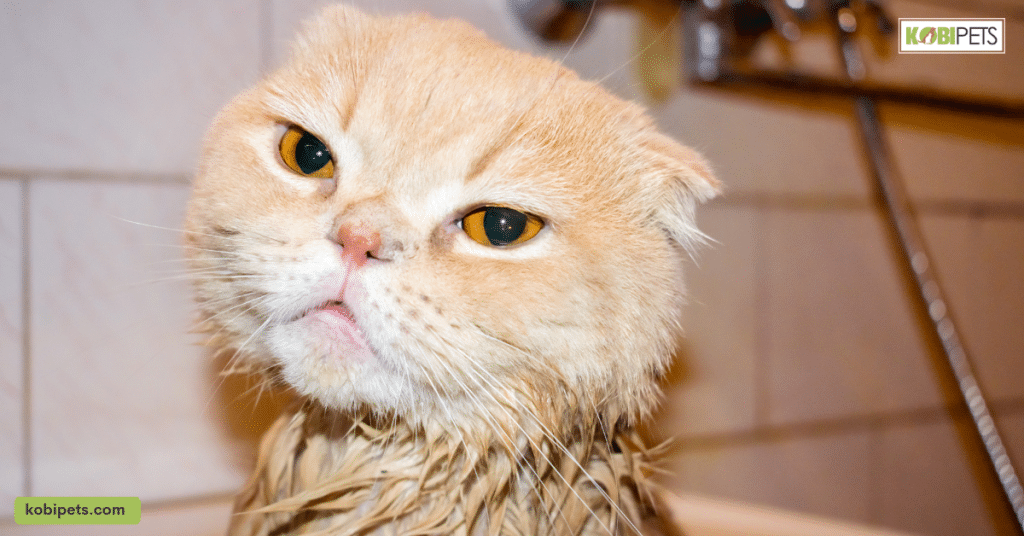
Myth 6: Cats Purr Only When Happy
The misconception that cats only purr when they’re content is a common belief. To debunk this myth, it’s essential to present evidence that purring can indicate various emotions, including stress, pain, or even self-healing.
Sharing examples and stories that illustrate the different contexts in which cats purr helps dispel this myth. Understanding that cats use purring to communicate a range of emotions enhances the bond between cat owners and their feline companions.
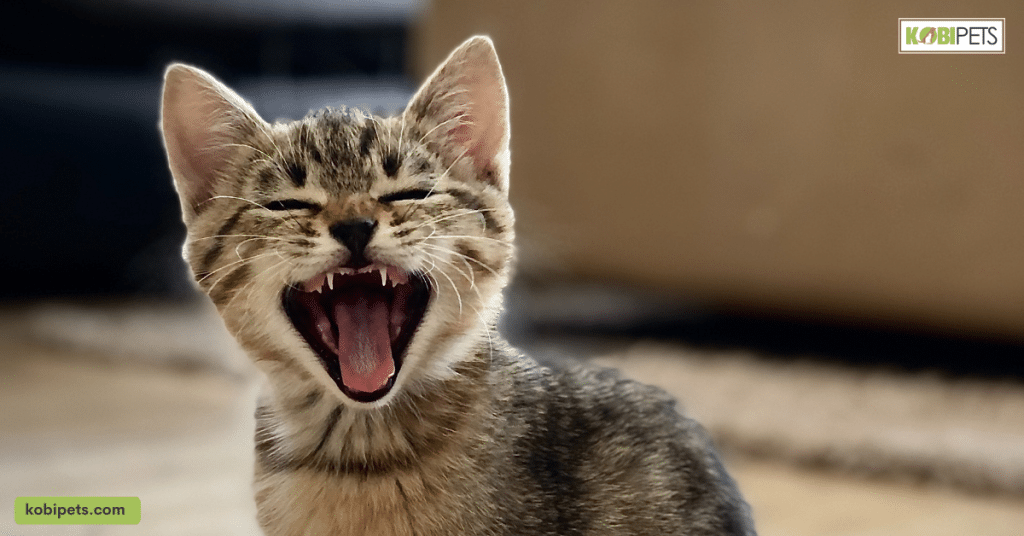
Myth 7: Cats Are Aloof and Independent
The myth that cats are aloof and unaffectionate animals is a common stereotype. To debunk this myth, it’s crucial to showcase the numerous ways cats display affection and form bonds with their owners.
Sharing personal anecdotes or studies demonstrating cats’ loving nature helps dismantle this stereotype. Recognizing that cats can be affectionate and responsive pets leads to deeper connections and better care for these graceful creatures.
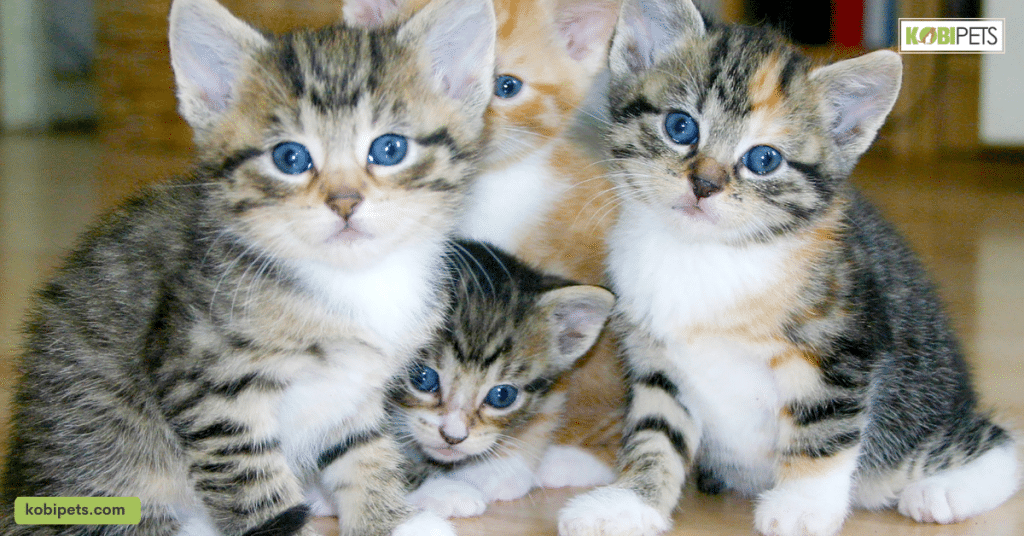
Conclusion
Unmasking these feline myths has unveiled a deeper understanding of cat behavior. Armed with this knowledge, we can improve our cat care, deepen our bonds, and ensure their well-being. From multiple lives to supernatural feats, we’ve learned that cats have one life, needing our protection. Recognizing their crepuscular nature allows us to align with their rhythms.
Debunking the belief that cats can’t be trained and universally despise water reveals their intelligence and adaptability. Understanding the versatility of purring and the affection cats hold counters the stereotype of aloofness. As we bid these myths goodbye, let’s cherish the truth and nurture our relationships with these enchanting creatures.






